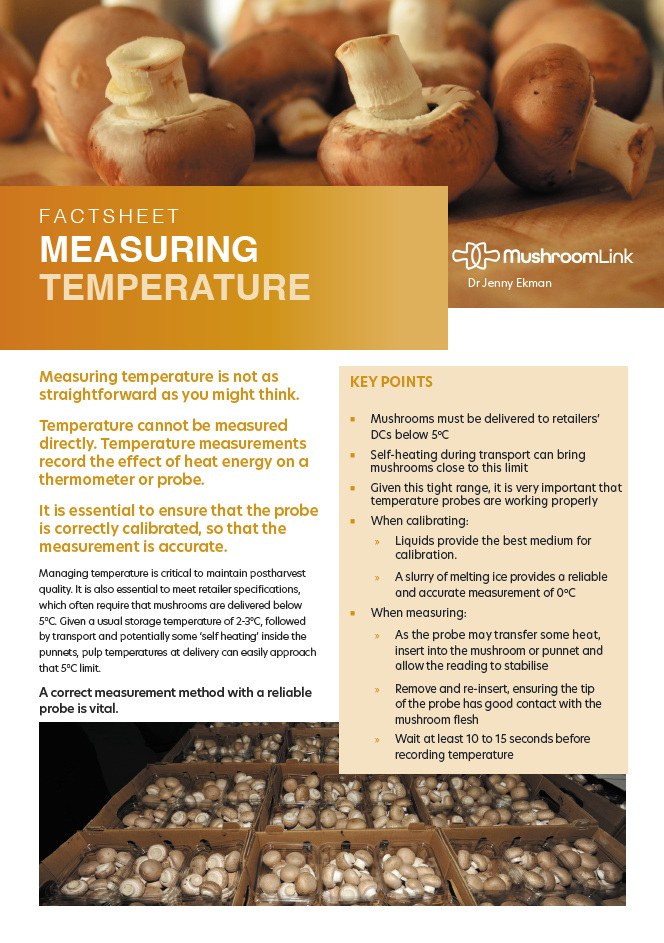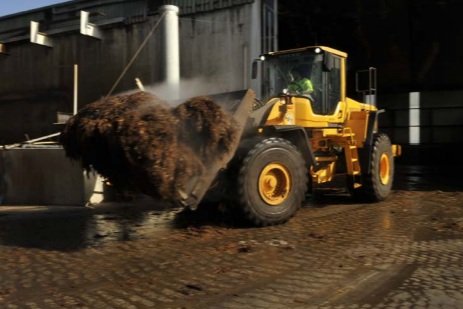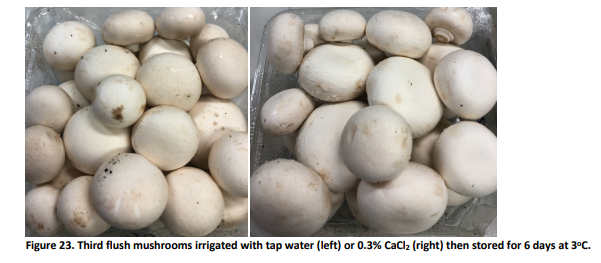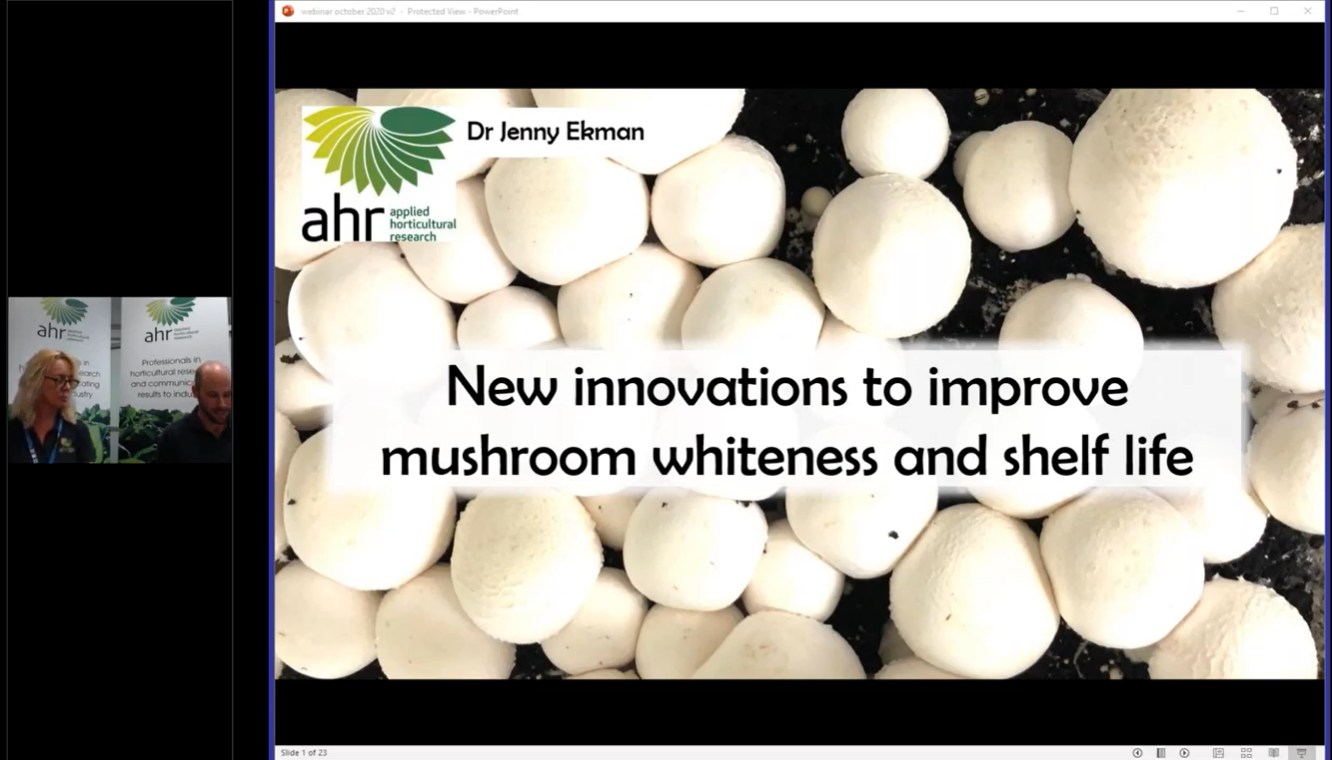Poster: The Mushroom supply chain best practice management (MU22011)
This poster provides a visual summary of key findings from a study on optimising the mushroom supply chain for quality and freshness. It highlights temperature management challenges and best practices to maintain mushroom quality from farm to retail. For a quick and easy overview, you can download the full poster here.
Measuring mushroom quality - Subjective vs objective quality assessment
A mushroom that looks perfectly good to one person may be substandard to another. There is a lot of talk about shelf life testing and quality – but how do we define the end of shelf life for a mushroom? How can we ensure consistency when different people are reporting on quality at different times? In this article, we discuss some methods to help turn subjective into objective.
Fact sheet: Measuring temperature
Measuring temperature is not so straightforward. By measuring temperature, you are actually measuring the effect of the energy within the mushrooms on another item – usually a metal temperature probe.
Managing temperature is not only essential to maintain postharvest quality, but also to meet retailer specifications. Mushrooms must be delivered below 5 Celsius. Given a usual storage temperature of 2-3 Celsius, followed by transport and potentially some ‘self-heating’ inside the punnets, they can be perilously close to this limit when delivered.
Measuring temperature sounds easy, but a number of things need to be considered, including calibrating your thermometer.
This fact sheet, prepared by Dr Jenny Ekman, describes the best ways to measure temperature in punnets of whole mushrooms and sliced mushrooms. Dr Ekman also provides insight into best practice calibration of temperature probes.
Feeding mushrooms - The ‘ins’ and ‘outs’ of nitrogen in mushroom compost
While protein is a valuable portion of the dry matter (DM) in mushrooms, its content is quite variable, ranging from 14-30%. Dry matter itself ranges from a low as 7% up to 14%. High DM content and, therefore, high protein content, is associated with firmer mushrooms and improved shelf life.
Review - Pre and postharvest management of mushrooms
The purpose of this review is to summarise recent major advances in mushroom production technology, as reported in the peer-reviewed literature.
The aim is to help the Australian mushroom industry identify gaps in knowledge and determine the best possible use of research levy funds. In particular, it is important to focus on areas that are not already being studied in other countries, or where overseas research has limited relevance for Australian growers.
MU19005 - New innovations to improve mushroom whiteness shelf life
Key research provider: Applied Horticultural Research
During 2020, this investment investigated new innovations to improve and maintain mushroom whiteness, looking at both pre- and post-harvest factors. A grower-focused Best Bets Guide was produced that outlines the most effective technologies, techniques and strategies that mushroom growers can use on-farm to improve and maintain mushroom whiteness, with information to improve handling and management through the supply chain as well.
Presenting clean, white mushrooms to consumers at retail is a proven method of increasing sales. Conversely, browning mushrooms lack freshness, appearing damaged or near the end of storage life. Improving and maintaining whiteness has the potential to boost sales and reduce waste, and ultimately increase the profitability of the mushroom sector.
The project team conducted a detailed desktop study on mushroom whiteness. Peer reviewed literature on mushroom quality has increased immensely in the last few years, with substantial information about the cellular and metabolic process involved in the browning of mushrooms, along with a wide range of methods to slow this process.
As well as detailing the causes of browning, the project’s study thoroughly reviewed pre-harvest, harvest and post-harvest strategies to improve whiteness at harvest and retain colour through the supply chain.
Promising areas requiring further work to achieve commercialisation have been identified, along with proven methods that industry could adopt right now.
Project outputs
Access the Best Bets Guide on the industry resource website AGORA.
Read this article about the project’s results in the Summer 2020 edition of Australian Mushrooms Journal.
Reviewing the factors that improve mushroom whiteness
For mushrooms, whiteness signals quality. It may also be assumed to indicate storage life, flavour and freshness. Presenting clean, white mushrooms to consumers is a proven way to increase sales. Conversely, browning on mushrooms is definitely a negative. Browning may be due to disease, bruising, dehydration or simply age and senescence.
Project MU19005 has reviewed the factors that improve mushroom whiteness, from the time compost and casing are prepared through to harvest and packing. The result is a combination of strategies growers can use right now, techniques that are close to commercialising and advances to watch into the future.
Dr Jenny Ekman will summarise the results from this review and discuss some of the “Best Bets” growers can use to improve mushroom whiteness.















